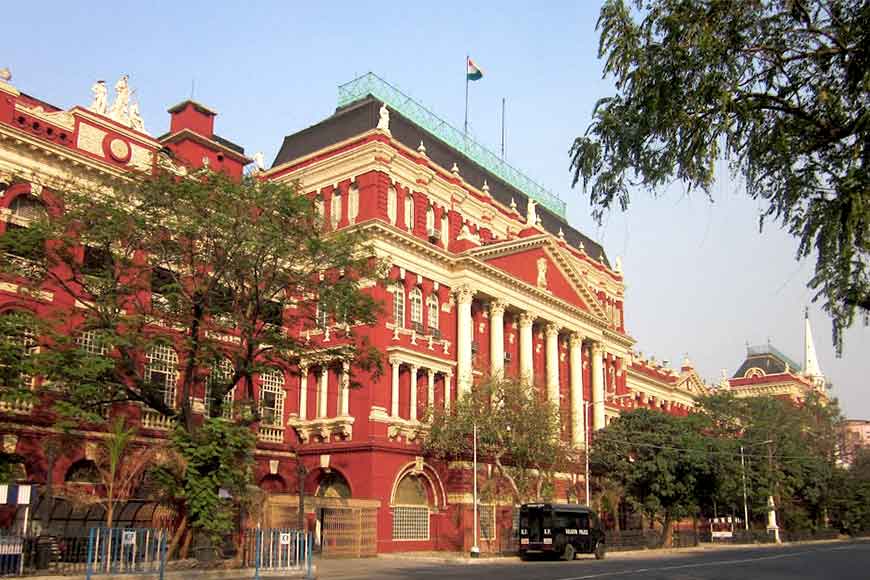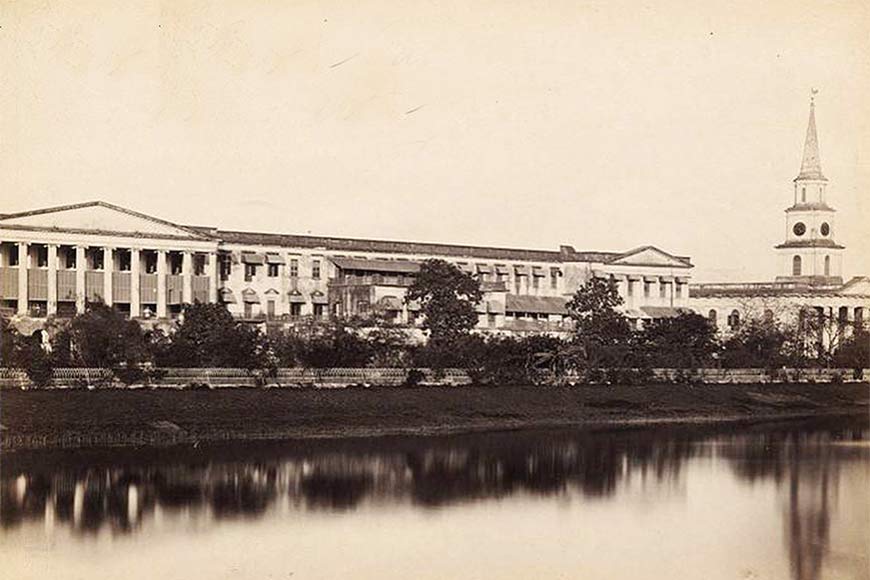Kolkata’s first three storied building, why was it called Writers’ Building?

The northern part of BBD Bagh is taken over by Writers’ Building, Kolkata’s first three storied building. The construction of Writers’ Building began as early as in 1690. The building was meant for the East India Company to house the junior level servants who were then called ‘Writers’ and hence, the name of the building. The idea of establishing a centre for administrative services first came to the mind of the then governor, Warren Hastings.
The original structure of the Writers’ Building was quite simple. In the year 1776, Thomas Lyon was granted the site of the demolished St Anne’s church along with the adjoining area to erect buildings for providing accommodations to the junior writers of the East India Company. Lyon was assigned on behalf of Richard Barwell, member of the Council, when Warren Hastings was Governor. Writers’ Building is reckoned as the first three-storied building of Calcutta. However, at that time Writers’ appeared like a ‘shabby hospital or poorhouse.’ Barwell leased out this range of buildings to the Company to provide accommodation to the writers.
 The historic Writers Building
The historic Writers Building
In 1800, Fort William College was shifted to this building. In the next 20 years, a number of structural changes were made. A hostel to accommodate 32 students and an exam hall was built, which still exist. A lecture hall and four libraries were also constructed. However, in 1830, the college was shifted from the Writers’ and private individuals took control of the building, who transformed the place into living quarters, go downs and shops.
Lieutenant Governor-General, George Campbell first felt the need of a secretariat for swift disposal of official work. Ashley Eden, the then Lieutenant Governor of Bengal was instructed to shift the prime offices of Chowringhee and Sudder Street to Writers. Since the East India Company was already occupying major portion of the Writers’, two new blocks were built to cope up with the space problem. The statue of Minerva was installed atop the central portico. Initially, Writer’ had a huge courtyard with seven blocks. By 1870, all 13 blocks were built. The main block, which includes the rotunda and five prime blocks are heritage structures.
In 1883, the building’s Rotunda portion was completed and the Bengal Legislative Council moved here, where it remained until 1910. The giant pediment at the centre is crowned with the statue of Minerva. The terrace also contains several other statues and notable among them are four clusters of statues, christened ‘Justice', 'Commerce,’ ‘Science’ and ‘Agriculture,’ with the respective Greek gods and goddesses of these four disciplines – Zeus, Hermes, Athena and Demeter flanked by a European and an Indian practitioner of these vocations.
The building has been called a mini-township of sorts with a built-up area of around 550,000 square feet. Before the shifting of the state secretariat, the building housed 34 departments and other offices of the state government, with approximately 6,000 employees. The most talked about historical event that occurred in Writers’ Building was the assassination of Lt. Colonel Simpson by three brave revolutionaries, Benoy Basu, Badal Gupta and Dinesh Gupta. Lt. Colonel Simpson was infamous for his brutality towards Indian prisoners, especially the freedom fighters. The three young rebels decided to kill the perpetrator of heinous crimes on Indian nationals. They entered Writers’ Building dressed in European attire and shot Simpson dead from point blank range on December 8, 1930. The Dalhousie Square was re-named BBD Bagh, in their memory.









